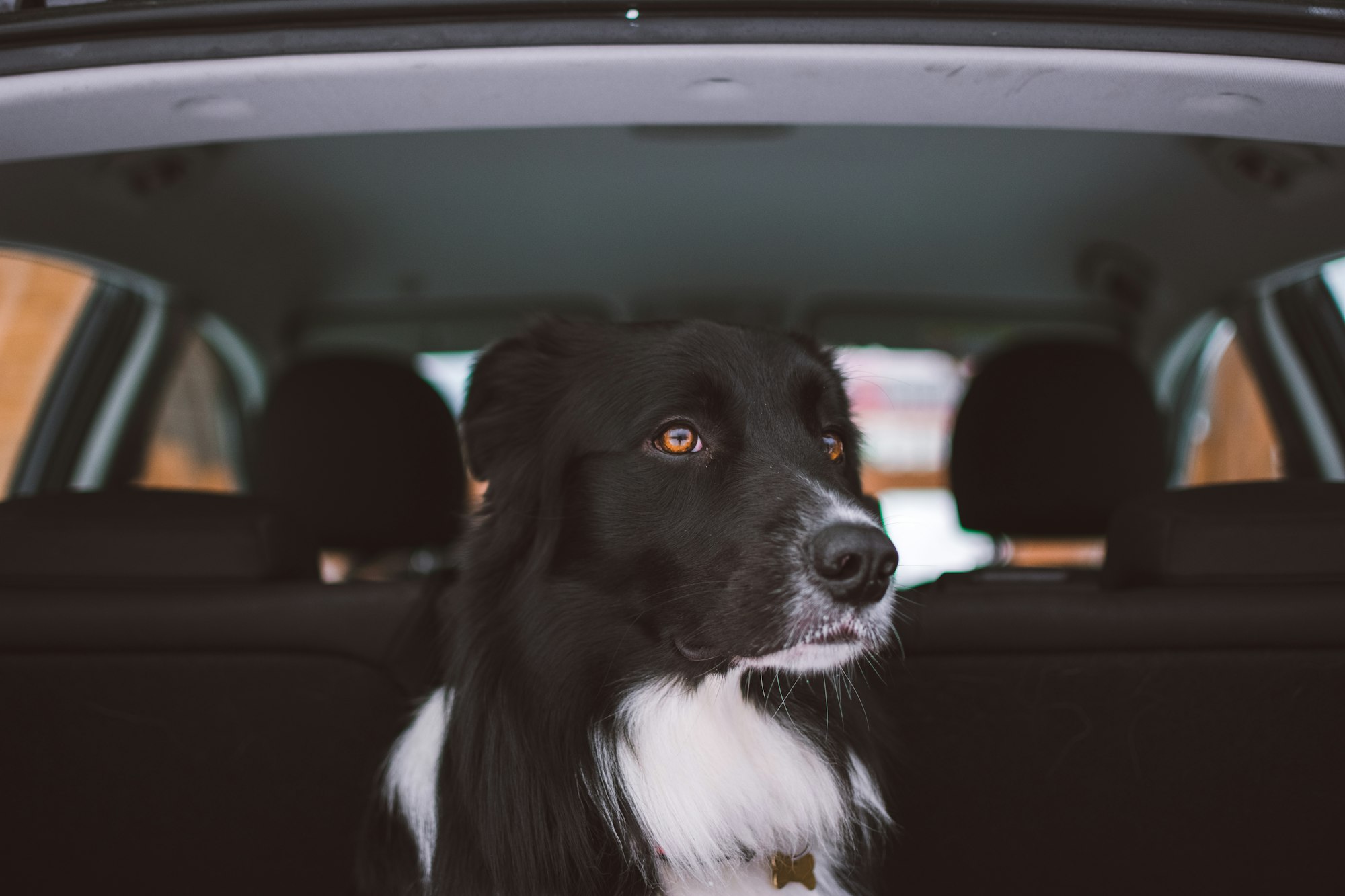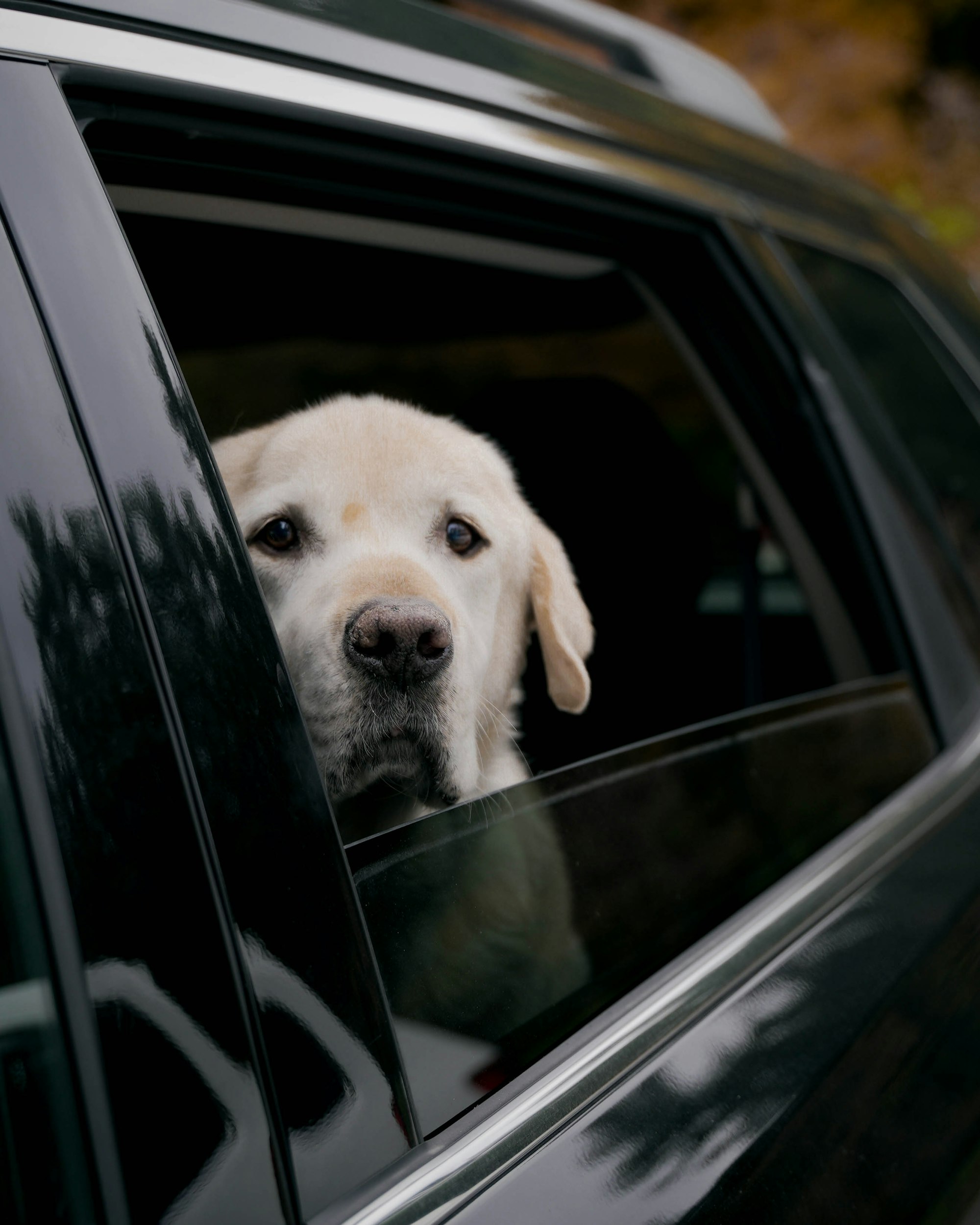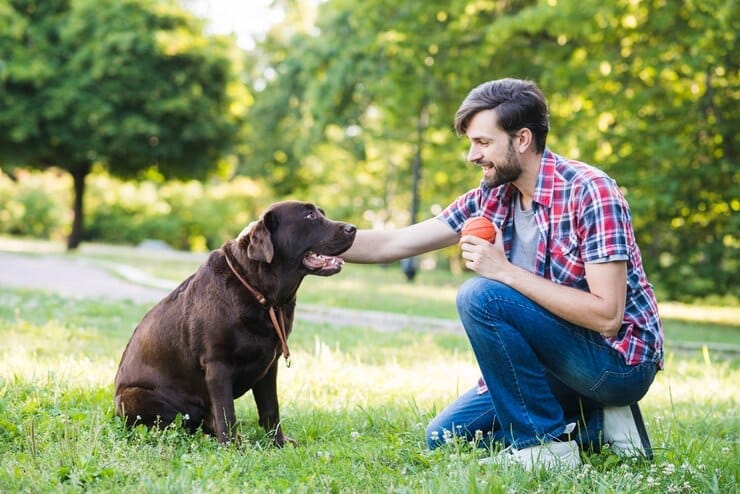Traveling with your dog in the car is exciting, as the entire family gets to experience the adventure. Your furry friends feel loved and appreciated when they tag along with family members on a trip. But like humans, dogs can experience motion sickness, which makes the journey not as enjoyable as it should be.
Carsickness can make your canine friend vomit, whine, or drool in the car. If you’re traveling with the dog for the first time, you might panic and have a hard time driving. Your plans might also change if the condition worsens.
The good news is that you can control motion sickness in your dogs. What you need to do is understand what exactly triggers motion sickness and work on finding a long-lasting solution.
So, what are the signs of motion sickness in dogs, and what can you do to prevent it? This article highlights it all.
Signs of Carsickness in Dogs
Understanding whether your dog might be experiencing carsickness or something else is essential, so you know how to help them.
The common symptoms of motion sickness to look out for in your dog include the following:
- Restlessness
- Diarrhea
- Drooling
- Yawning excessively
- Licking lips excessively

Why Does My Dog Get Carsick?
It's more common for younger dogs to experience carsickness than adults. Most younger dogs experience this because their inner ear is not well developed.
The inner ear is actively involved in creating balance. Any disturbance in the inner ear system communicates to the brain, which then reacts accordingly. Carsickness in puppies disappears after they are one year old.
Adult dogs experience carsickness if they become anxious. If such a dog doesn’t have the right stimuli that help them cope inside a moving car, the condition can worsen. Additionally, dogs that rarely travel or only tend to get into a moving vehicle when going to the vet will obviously get disturbed. Any discomfort will trigger motion sickness in dogs, whether young or old. It’s only normal for them to get stressed before getting into the car and to be anxious as the ride tends to end at the dreaded vet's office.
Your puppy might also fail to outgrow a previous traumatic first-ride experience in your car. So, anytime you are in the car, the stressful memory lingers in the pup’s mind, causing stress flares.
But some dogs also experience car sickness related to other medical conditions, like having an inner ear infection or vestibular disease. Such situations can trigger vomiting or diarrhea, and might interfere with your journey.
Usually, the fluids in your dog’s ear move around to help them adapt to the world around it. However, if the fluid movement is too much, your dog might experience carsickness as they feel dizzy.
Other dogs get distressed and sick in the car because of the noise, temperature, and moving vehicles. It’s important to identify the cause of your dog’s motion sickness so that you can address it.
How Can I Help Prevent Carsickness in My Dog?
Even though carsickness is traumatizing and can affect your plans, you can prevent it. You can treat or manage psychological or physiological cases and have your dog enjoy traveling with you.
Make sure you understand the root cause of your dog’s motion sickness before taking any action. Try out various approaches to find the cause of the problem.
Ensure there is enough fresh, cool air supply in the car. Open the window for fresh air supply and to protect your dog from experiencing discomfort. Make sure it is not open wide enough so your dog can jump out or get injured.
Your dog should be secured by a crate or a dog seatbelt to ensure their safety as well as yours.
Taking breaks between rides can also help your dog get fresh air and experience new smells. Since most puppies love new places, the potty or sniff breaks may help them love riding in the car with you without getting carsick.

Other ways of preventing car sickness in dogs include the following:
Desensitization and Positive Socialization
Desensitization and positive socialization are some of the best ways to prevent your puppy from experiencing motion sickness. Doing this may help relieve the stress associated with what happens at the end of the ride.
You can achieve desensitization and socialization by changing the dog's mindset from such thoughts by making the car an enjoyable place to be. Introduce your puppy’s toys into the car.
Alternatively, you can bring treats to the vehicle and give them to your dog if they don't act up. You can also praise your puppy if they get comfortable inside the car.
After some time, your dog will get used to the car and associate it with positivity. You can allow them to interact with the vehicle until they get comfortable riding it. But don’t force them to stay or ride in the car.
Introduce them to the car for a few days and be patient until you can close the car’s door and try short drives. After some practice, your dog may get comfortable in the car with no stress triggers. With patience, the carsickness may stop and allow you to enjoy your furry friend's company on the road.
Limit Food Intake
Reduce the food portions you give to your canine before embarking on a journey. Remember, if your dog doesn't have anything in their stomach to vomit, it won't vomit, or if it does, it’ll have little to expel.
You can opt to feed your dogs a few hours before the journey starts. Give them food 3 to 12 hours before the car ride to ensure no food is in their digestive tract. Doing this means less cleaning and an uninterrupted journey.
Use a Car Seat or Other Restraint
Your car seat or a restraint can also prevent motion sickness in dogs. Let your puppy sit in a comfortable but fixed car seat that reduces movements. You can also use your car restraint to securely hold your puppy in a safe position throughout the journey.
A booster dog seat can come in handy in this place as it enables your dog to look forward and reduce the impacts of rough rides on their bodies. You can buy any of the comfortable car seats for your dog in the preferred design, and they will ride smoothly. If you can introduce a crate in the car to increase comfort, the better.
Medication
You can also use medication to ease the effects of motion sickness on your dog while traveling. If your dog gets carsick because of an underdeveloped ear, give them the right medicines to help manage the situation. But if your dog gets anxious when traveling, you can give them medications like Zylkene to allow them to relax.
Dramamine can also prevent your dog from experiencing nausea or dizziness when in a moving car. Maropitant citrate (Cirenia) can also help manage nausea in dogs for about 24 hours, allowing you to reach your destination with less frustration.
Consult your vet before giving your dog any medication. Also, stick to the prescribed dosage and follow the instructions.

Herbal and Other Treatment
If you don’t want your pup to depend on medications to overcome carsickness, give them herbal remedies like ginger. Most dog owners claim that minced, powdered, or tableted ginger in its pure form helps manage nausea.
Give ¼ teaspoon of pure ginger to your younger dog. But the older one requires ¾ teaspoon. You should introduce this 30 minutes or more before the journey. Ensure your dog is diabetes free, as ginger can affect their blood pressure or sugar levels. Make sure to consult your vet before giving your dog ginger or other herbal medicine.
Other Treatments to Try Out
Lavender
You can also give your dog lavender to help manage motion sickness. Pour lavender essential oils into a cotton ball and put it in your vehicle before getting in for the ride. But ensure you throw it away after use to prevent your dog from eating it.
CBD Supplement
CBD products can also help you manage motion sickness in your dog. You can use treats, oils, or chewable CBD products. But before giving your dog any of these supplements, talk to your veterinarian to get the best option.
Adaptil
Giving your dog calming pheromone products like Adaptil can also help them manage car sickness. You can spray it on your dog's collar to realize the calming effect on your puppy. Use it for 15-20 minutes before setting out for the journey to keep the dog relaxed.
Make the Car Ride More Comfortable—Literally
You can make the car rides comfortable for your dog and experience fun moments together without getting messy. Prevent your dog from nausea, dizziness, or diarrhea while on the road by allowing a fresh air supply. Enough air in the car creates temperature balance in and outside the vehicle.
Also, prevent your dog from anxiety triggers with your old t-shirt that makes the car smell familiar and safe. Toys in the car, special treats, or medication can also help you have a smooth journey with your puppy.

Conclusion
To alleviate the symptoms, it is important to identify the underlying cause and take appropriate steps to address it. This may include conditioning your dog to car rides, keeping them well-fed and hydrated, and providing them with a comfortable and familiar environment in the car.
Additionally, consulting with a veterinarian or animal behaviorist can be helpful in developing a treatment plan that is tailored to your dog's specific needs. With a little patience and understanding, you can help your furry friend overcome car sickness and enjoy car rides together.
For more helpful articles about pet-parenting tips, check out the Off Leash blog at TryFi.com.

